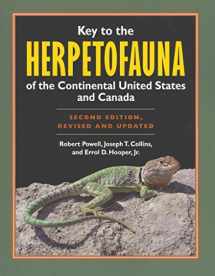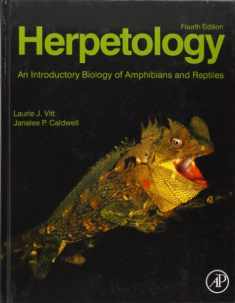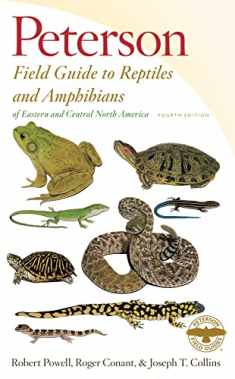
Key to the Herpetofauna of the Continental United States and Canada: Second Edition, Revised and Updated
Book details
Summary
Description
This profusely illustrated comprehensive key for identifying herpetofaunal specimens from the continental United States and Canada incorporates a wealth of scientific findings.
Since the first edition was published in 1998, the number of currently recognized species of native salamanders, frogs, turtles, lizards, amphisbaenians (wormlike lizards), snakes, and crocodilians in this area has increased from 545 to 634, and the number of established non-native species has increased from 39 to 58. The increase in native taxa reflects the dynamic nature of modern systematics and the use of new (especially molecular) techniques to elucidate relationships and redefine species boundaries. The increase in non-native exotic species reflects the porosity of the North American borders when it comes to controlling animal imports.
The key is easy to use and illustrated with outstanding line drawings that show details of color patterns and structures used for identification. To accommodate the additional taxa, the number of line drawings in this new edition has increased from 257 to 279. In addition, 25 maps illustrating the distributions of some problematic species groups have been added. The literature cited has been expanded considerably, including a large number of annotations detailing current taxonomic ambiguities or disagreements. Collectively these features, together with numerous references to the Peterson Field Guides and accounts in the Catalogue of American Amphibians and Reptiles, dramatically enhance opportunities to teach and learn the classification and identification of the herpetofauna.
Publication sponsored by The Center for North American Herpetology and Sternberg Museum of Natural History, Fort Hays State University


We would LOVE it if you could help us and other readers by reviewing the book
Book review





